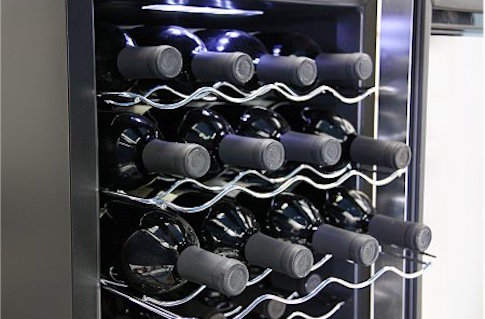The Department of Energy now has a specific regulation for wine refrigerators.
The agency released a final rule Friday requiring manufacturers to test the energy efficiency of refrigerators used for wine. It estimated the rule would cost the average small business $12,500 to test whether their equipment meets specifications.
"This final rule classifies a variety of refrigeration products that are collectively described as ‘miscellaneous refrigeration products’–i.e., ‘MREFs,’ as a covered product under Part A of Title III of the Energy Policy and Conservation Act (‘EPCA’), as amended," the agency said. "These products include different types of refrigeration devices that include one or more compartments that maintain higher temperatures than typical refrigerator compartments, such as wine chillers and beverage coolers."
The agency said the $12,500 testing cost is "unlikely to represent a significant economic impact for small businesses."
The rule goes into effect in 30 days. Wine refrigerators will now be tested for temperature settings and energy use.
The regulation refers to the refrigerators as "coolers." There was much discussion about the exact definition of the term in the final regulation, which spans 159 pages.
"[The Department of Energy] DOE proposed to define a ‘cooler’ as a cabinet, used with one or more doors, that has a source of refrigeration capable of operating on single-phase, alternating current and is capable of maintaining compartment temperatures either no lower than 39 °F, or in a range that extends no lower than 37 °F but at least as high as 60 °F," according to the final rule. "The proposal also clarified that these compartment temperatures would be determined in a 90 °F ambient temperature."
The agency decided to keep the phrase "used with one or more doors" because it was "clearer and more direct."
"If a product is used with one or more doors, it would be considered a cooler regardless of the design intent," the agency said. "Therefore, DOE is maintaining the language of ‘used with one or more doors’ in the cooler definition as well as the combination cooler refrigeration product category definitions established in this final rule."
